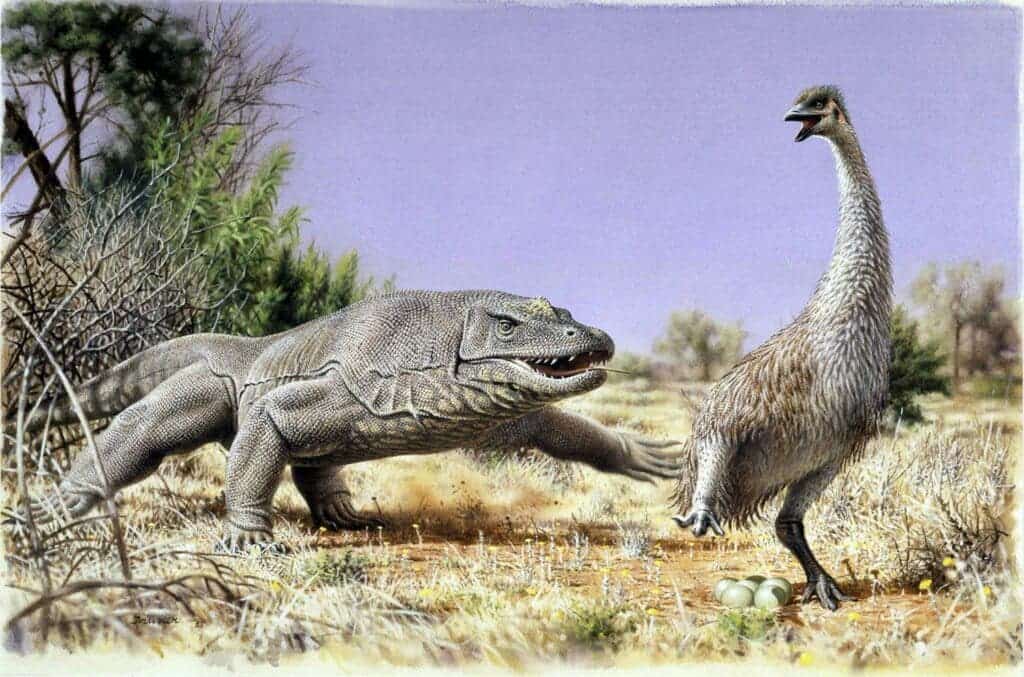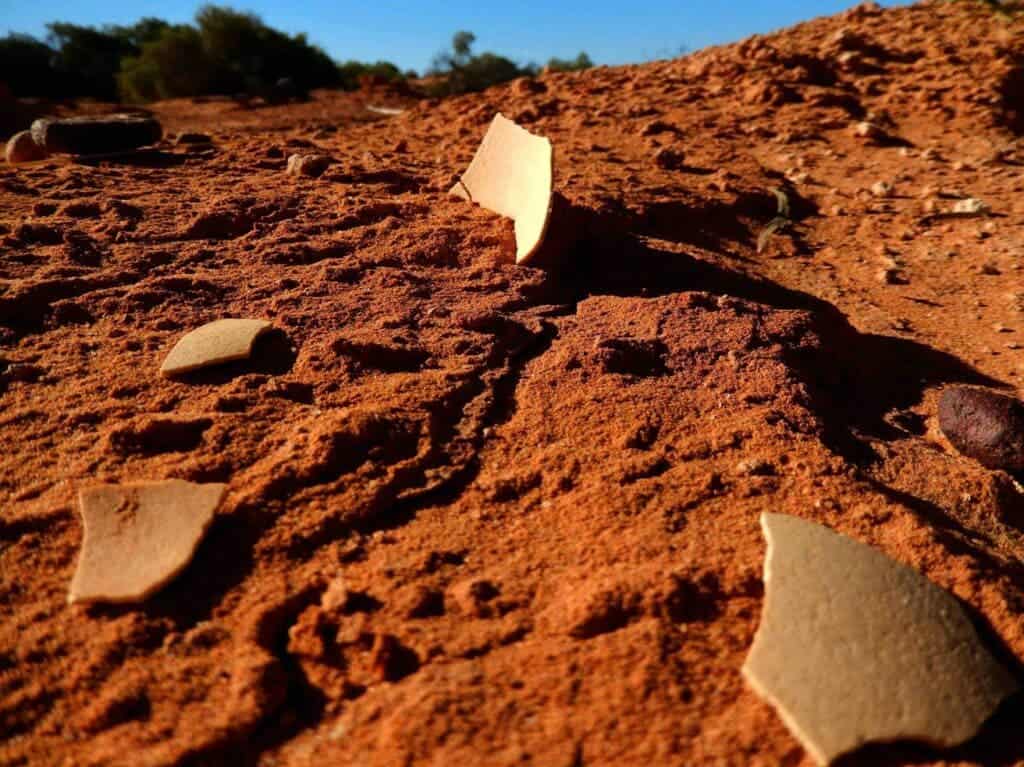Over 50,000 years ago, the territory of what is now Australia was populated, among others, by very big birds. One of them, Genyornis newtoni, weighed about 250 kilograms. But its size didn’t do it much good against humans. The giant bird disappeared 45,000 years ago, prompting researchers to wonder whether it was humans or environmental changes that drove the bird extinct. Now, a new study suggests it was indeed humans.

Eggshell fragments dating back thousands of years ago have been found across Australia in recent years, with evidence showing they had been previously cooked. But the identity of the eggs has been subject to a heated debate among researchers. Now, a global team has confirmed the identity that the eggs were indeed from Genyornis newtoni.
“Time, temperature and the chemistry of a fossil all dictate how much information we can glean,” co-author and professor Matthew Collins said in a statement. “Eggshells are made of mineral crystals that can tightly trap some proteins, preserving this biological data in the harshest of environments – potentially for millions of years.”
This does more than just solve a curiosity about eggshells — it hints at how the bird met its demise.
Not just climate change
Earth’s climate went through big changes during the Pleistocene, a period between 2.6 million to 12,000 years ago. Ice ages caused sea levels to rise and fall, triggering the disappearance of large animals. The list included mammoths in Europe and sloths in the Americas, among many giant other creatures that just vanished from the planet.
But this doesn’t tell the full story.
Humans arrived in Australia at least 65,000 years ago, when many large animals roamed the continent. Within the next 20,000 years or so most of these species went extinct. The influence of humans is believed to have contributed to their fast extinction, but it’s hard to find evidence to support this as it happened so fast.

However, there’s one exception. Researchers have found in recent years thousands of eggshell fragments that date back over 55,000 years. While many believed the eggs were from Genyornis newtoni, not everyone was on board, raising a debate among scientists that lasted for years. Now, a new study may have brought the gap to a close.
The initial goal was to obtain ancient DNA from pieces of shell to identify the species. But genetic material didn’t survive the harsh Australian climate — so instead, the researchers turned to a relatively new technique to analyze another key component of eggs: their proteins. This allowed comparing the sequences in ancient proteins to those of living species, which in turn, enabled researchers to confirm that the eggs were from Genyornis newtoni and not from other species (such as the also extinct giant malleefowl Progura). The researchers believe that the humans to arrive in what’s now Australia were used to eating the eggs of other large birds, based on ostrich eggshells from the Pleistocene found in Africa and Asia.
“While ostriches and humans have co-existed throughout prehistory, the levels of exploitation of Genyornis eggs by early Australians may have ultimately proved more than the reproductive strategies of these extraordinary birds could bear,” Collins said in a statement.
The study was published in the journal Proceedings of the National Academy of Sciences.






